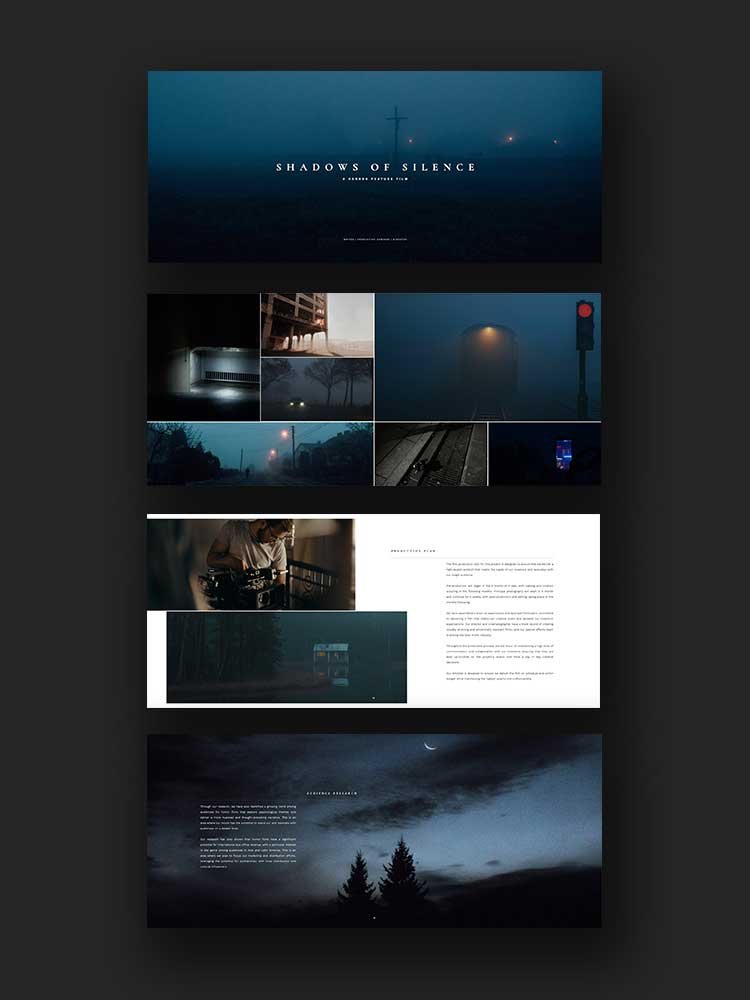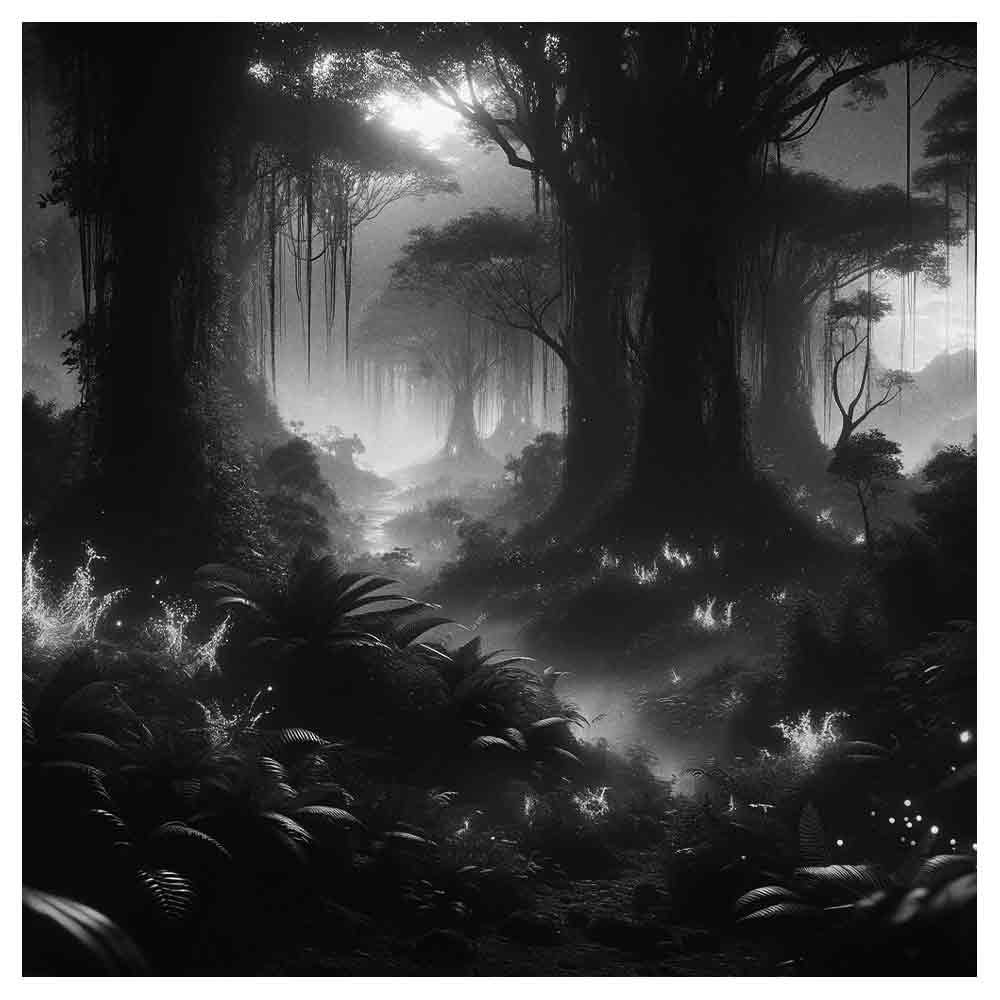How To Write A Short Film Treatment
One of the key elements of writing a successful short film is a well-crafted short film treatment that captures the essence of your story and helps present your ideas to others in a condensed format.
In this blog, I'll guide you through creative process of crafting a compelling short film treatment that will help you clarify your story and capture the attention of potential collaborators and investors to bring your vision to life.
Table of contents:
What is a Short Film Treatment?
A short film treatment is a written document summarizing a short film's story, character ideas, and other key elements.
A great film treatment is typically a few pages long, written in the present tense, and serves as a marketing tool for your film, helping to communicate your vision and generate interest in your project.
I believe there are two formats for short film treatments:
A simple 2-3 page text document that outlines the film's logline, story idea, main characters, plot, themes, and tone without visuals, according to the writer (or director).
This film treatment style document is created before the screenplay is written and serves as a simple tool to spark market interest before committing to the writing process or writing a full-length screenplay.
A visually appealing treatment that distills the director's vision for the project—sometimes also referred to as the director's treatment.
This is more or less similar to the first option but includes lots of stunning visuals and details on what you will see (cinematography, editing, sound design, cast, wardrobe, art direction, etc.).
If you want to see one of these short film treatment examples, you can download one here for free.
Both options can be used to pitch your ideas to investors and creative collaborators. The first option will be a more visually appealing document, and the second will be a quick overview.
I'm a big fan of the first option because it will give the investor and creative team a better understanding of what the finished film could look like and how it will be executed.
But if you want to create a simple bite-size document at the start of the writing and development process before investing lots of time and effort in creating a visually stunning document, the second treatment option is the way to go!
Why is a short film treatment important?
A short film treatment is important for several reasons:
It helps you to clarify your ideas.
When you write a treatment, you must distill your short film ideas to their core elements. Formulating a simplified version of your ideas can help you clarify your story, identify plot holes, and discover story themes you want to explore.
It's a selling tool.
If you want to secure funding for your short film or attract creative collaborators to help you bring the film to life, a short film treatment can be a powerful tool to help you achieve that. It allows you to take the ideas out of your head and share your vision with others in a simple document and convince them of the potential of your project.
It provides a roadmap for the filmmaking process.
You can explain to every person individually what your story or vision for the short film will be, but it’s easier to share one central document with everyone that serves as a roadmap for the filmmaking process.
What Does A Short Film Treatment Include?
While there is no set formula for writing a short film treatment, certain elements should be included to ensure that it effectively communicates the story and vision for the film. Here are some of the key features to consider when crafting your treatment:
How to write a short film treatment
Now that we've established the importance of a short film treatment and what it should include, let's dive into the steps involved in writing a film treatment.
Although there are two different treatment formats, you can use the same film treatment structure as a blueprint and starting point and layer additional chapters if needed.
Start with a Title And logline.
Before you flesh out your treatment, start with a title and logline. A logline is a brief, one-sentence summary of your story. It should encapsulate the essence of your story and entice the reader to want to know more.
A logline should be at most 25 words and should include the protagonist, their goal, and the obstacle they face.
Here are a few examples of loglines:
A shy librarian must overcome her fear of public speaking to save her beloved library from closure.
The arrival of a mysterious stranger derails a young couple's attempt to rekindle their relationship.
A retired astronaut must come to terms with his past mistakes when he's called upon to save the world from an impending asteroid collision.
Develop your characters
Once you have your logline, it's time to develop your characters. The characters are the heart of any story, and your treatment should give a clear sense of who they are and what motivates them.
Avoid introducing too many characters, as this can overwhelm the reader and cause confusion.
Who are the people that will populate your story?
What do they want?
What are their motivations?
What are their flaws?
What are their relationships with other characters?
How will they change throughout the story?
Give them unique personalities and traits that will make them memorable and exciting.
Establish the setting
The setting is the backdrop for your story and can significantly impact the mood and tone of the film. It can be as simple as a single room or as complex as a post-apocalyptic wasteland.
Whatever the setting, it should be an integral part of your story and contribute to the overall mood and tone of the whole story. Describe the location, including any notable features, landmarks, period, and cultural context necessary to the story.
If you need extra inspiration to build your story world, this list might contain a prompt to help you get your creative juices flowing. The setting is the backdrop for your story and can significantly impact the mood and tone of the film.
Identify the story themes.
Story themes are the underlying ideas or messages your story tries to convey. It's essential to ensure that the themes are woven into the story's fabric in a way that feels organic and authentic rather than heavy-handed or didactic (preferably through the characters' actions and dialogue).
Themes can be as simple as love, loss, or redemption or as complex as existentialism or political commentary and help to give your story depth and help to connect with your audience on a deeper level.
When identifying your themes, consider the following:
What are the big ideas that you want to explore in your story?
What messages do you want your audience to take away from your film?
How do the characters and plot contribute to the exploration of your themes?
Consider the tone
The tone is the mood or atmosphere of your story. It can be light-hearted, serious, suspenseful, or emotional. The tone will help establish the overall feel of your film and influence how your audience experiences the story.
When considering the tone, think about the following:
What emotions do you want your audience to feel while watching your film?
What unique techniques can you use to create the desired tone? (e.g., lighting, music, camera angles)
How does the tone contribute to the overall message of your film?
Outline the plot In A Synopsis.
The synopsis summarizes the entire script, outlining the key plot points (sequence of events that make up your story) and character arcs in a three-act structure (beginning-middle-end). It should draw the reader in and establish the film's central conflict.
When outlining the plot, consider the following:
What is the inciting incident that sets the story in motion?
What are the obstacles that the protagonist must overcome to achieve their goal?
How does the story build to the climax?
What is the resolution of the story?
Once you have formulated all the above, you can start putting each chapter in the order you like. Remember to keep your treatment focused on the essentials of your story. Avoid going into too much detail or including unnecessary information like dialogue and technical details.
3 Tips for Writing a Compelling Short Film Treatment
Now that we’ve outlined the essential elements of a short film treatment, let’s explore some tips for crafting a compelling one:
Keep it concise.
A short film treatment should be concise and to the point, giving the reader a clear sense of the story without overwhelming them with details. Less is always more!
Show, don’t tell.
Depending on your chosen treatment format, you must realize that film is a visual medium. So, you have to paint pictures with words or use pictures to accompany your words. If you don’t know where to look to find the best images, this list is a helpful resource.
Avoid Grammar And Punctuation errors.
If there’s one thing that will stop you from onboarding crew and money, it’s grammar and punctuation errors in your pitch document. I highly recommend using the free grammar software Grammarly to help you automatically eliminate your writing errors.
Conclusion
Writing film treatments isn't easy, but it doesn't have to be overwhelming, either! Start by crafting an intriguing hook that gives readers a glimpse into your world, then move on to writing out your synopsis and character descriptions before finally rounding off with a conclusion that leaves them wanting more.
Remember that writing treatments take practice, so don't be discouraged if you don't get it right every time - keep at it, and eventually, you'll write a film script treatment worthy enough for funding or production deals.
Good luck!
Frequently Asked Questions About Short Film Treatments (FAQs)
How long should a short film treatment be?
A short film treatment is typically a few pages long, but the exact length will depend on the complexity of your film concept and the level of detail you need to include.
In general, it's important to keep your treatment concise and to the point, focusing on the essential elements of your film idea.
Who should write a short film treatment?
A short film treatment is typically written by the director, screenwriter, or someone at a production company who has devised the film idea.
It's important for the person writing the treatment to have a clear understanding of the film concept and be able to communicate it in writing effectively.
How does a short film treatment differ from a feature film treatment?
A short film treatment is much faster than a feature film treatment. Short films typically have a runtime of 30 minutes or less, so the treatment needs to focus on the story's most essential elements.
Feature film treatments can be much longer and more detailed, as they must capture the full scope of a feature-length film.
Do I need to have a treatment before writing a short film script?
While it is not strictly necessary to have a treatment before writing a short film script, it can help organize your thoughts and ensure your story is straightforward and focused.
It can also be a valuable tool for collaborating with the production team and ensuring everyone is on the same page.
































